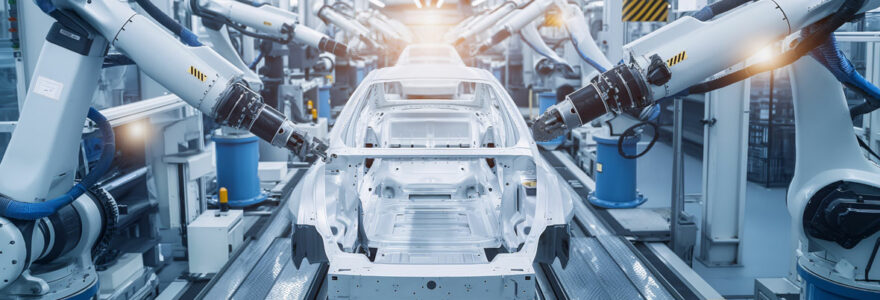Harness the power of friction stir welding (FSW) to drastically improve the performance and durability of automobiles. This cutting-edge technology plays a pivotal role in the manufacturing sector, transforming the way joints are formed in automotive applications. By optimizing the process parameters, manufacturers are able to achieve superior weld quality. This is achieved by fine-tuning the temperature and RPM, monitoring the traverse speed, and selecting the ideal tool design for the task at hand. As we look ahead, the potential for FSW in the realm of hybrid material joining presents a promising future, revolutionizing the industry as we know it.
Revolutionizing automotive manufacturing with friction stir welding (fsw)
Friction stir welding (FSW) has proven to be a game-changer in the arena of automotive manufacturing, drastically revolutionizing the assembly process of aluminum parts.
This welding method allows for cleaner, stronger joints, enhancing both the performance and durability of automotive components. The technology behind FSW continues to evolve, creating opportunities for even more resilient assemblies. Beyond improving product quality, FSW plays a significant role in reducing production costs and the industry's ecological footprint. However, integrating FSW into complex automotive designs poses certain challenges that call for innovative solutions. FSW stands as a unique advantage within the automotive sector, demonstrating the power of friction to join aluminum parts in a way that enhances the final product while promoting more sustainable manufacturing practices.
Enhancing joint strength and durability in automotive applications
Automotive applications demand high-performance joints that exhibit both strength and durability. The right joint material significantly influences the performance of the vehicle, improving safety and longevity. Modern techniques have emerged that enhance the hardness of joints, enabling them to withstand extreme driving conditions. One such technology is Friction Stir, which has been shown to increase the durability of automotive components substantially.
Overcoming the challenges associated with optimizing joint strength in lightweight automotive structures has become a significant focus within the industry. As a result, innovative testing methods have evolved to assess long-term joint performance accurately. By adopting these advanced techniques, it's possible to identify the most effective materials and processes for creating joints that offer superior strength and durability in a variety of automotive applications.
Optimizing process parameters for superior weld quality
In the realm of automotive manufacturing, the pursuit of perfection in friction stir welding (FSW) has led to a deeper understanding of process parameters and their impact on weld quality. Ensuring optimal temperature control and heat distribution during the welding process is paramount to achieving a high-quality weld. The selection of rotational speed, measured in rpm, significantly influences weld strength and durability.
Adjusting temperature and rpm for enhanced mechanical properties
Controlling heat and temperature in the welding process is a key factor in ensuring optimal weld quality. By adjusting the rotation rate, the heat produced can be effectively managed, leading to a more resilient and durable weld.
Effect of traverse speed on weld strength and surface quality
Another influential parameter is the traverse speed, which plays a vital role in the formation and quality of the weld in automotive applications. The balance between the rotational speed and the traverse speed needs to be meticulously calibrated to achieve a superior quality weld.
Role of tool design in achieving optimal friction stir welds
The design of the welding tool is a decisive element in achieving optimal FSW outcomes. A well-designed tool can minimize welding defects, enhance mechanical strength, and improve overall weld quality. The correlation between process parameters and the weld microstructure needs careful consideration to comprehend its impact on performance.
Exploring the future of friction stir welding in hybrid material joining
The advent of friction stir welding has marked a significant turning point in the realm of hybrid material joining. The process, which involves the fusion of composite and metallic materials, is lauded for its versatility and efficiency, paving the way for massive advancements in various industries, especially automotive. have ushered in a new era where different materials - ranging from metal to polymer - can be joined, thereby enhancing the durability and performance of the products.
The future of friction stir welding in the production of hybrid vehicles is promising. The technology has the potential to revolutionise the manufacturing process, providing both lighter and stronger materials. This sturdiness and lightness of the materials joined by friction translate to improved fuel efficiency and reduced carbon emissions - a significant stride towards a sustainable environment. Furthermore, the emergence of automation in friction stir welding processes allows for more precise and efficient production, an aspect that in the face of growing industrial demands.
In essence, friction stir welding has undeniably become a game-changer in the field of hybrid material joining, providing a multitude of benefits in the automotive industry. The technique's innate ability to join different materials - from polymers to metals - with an improved degree of durability and efficiency, signals an exciting future for the world of manufacturing.
